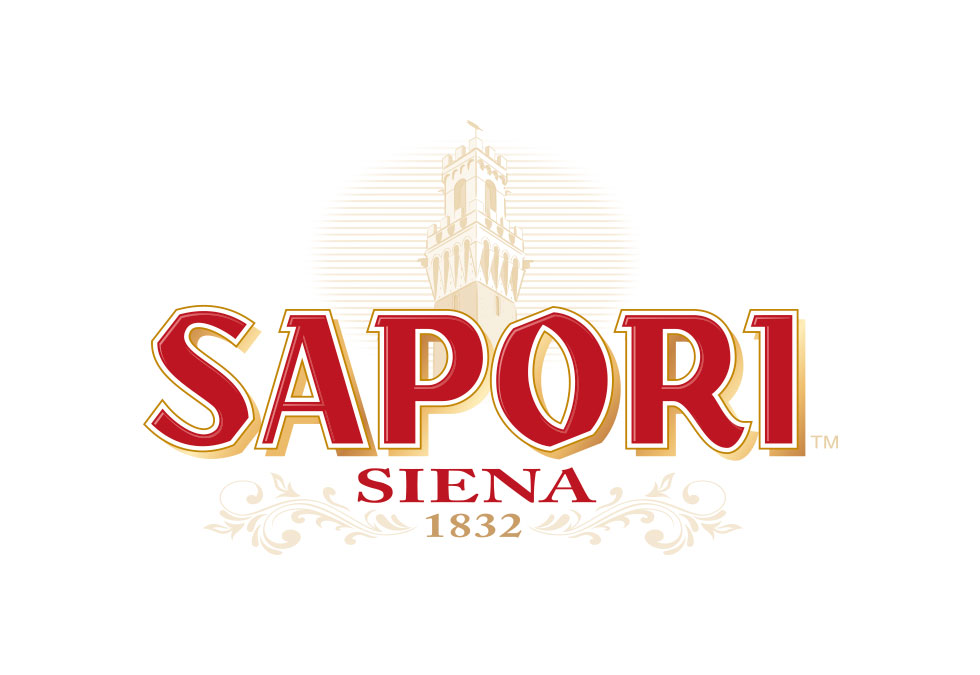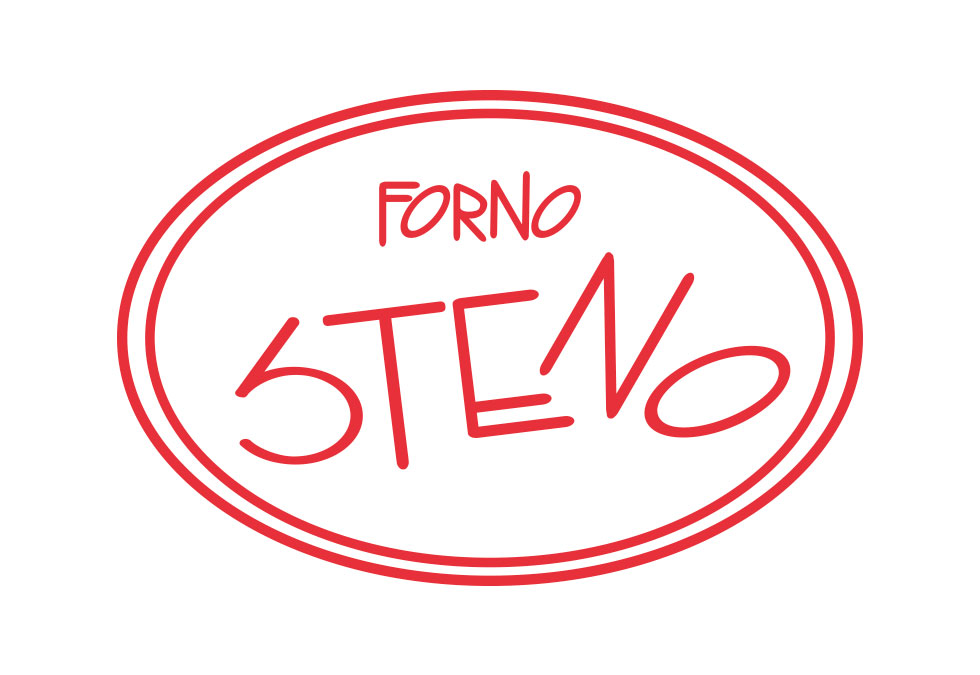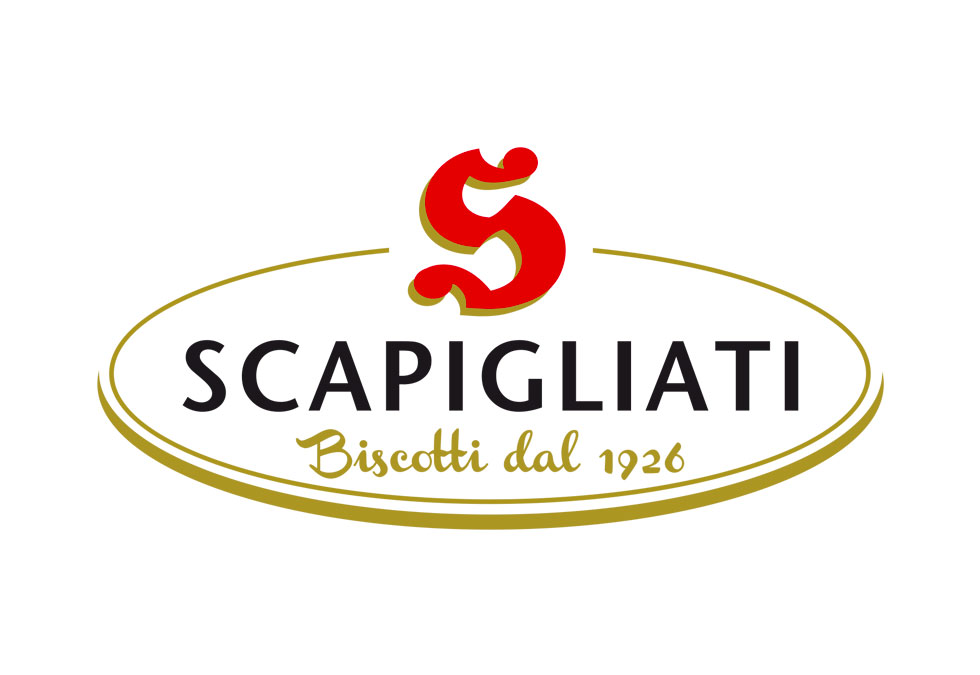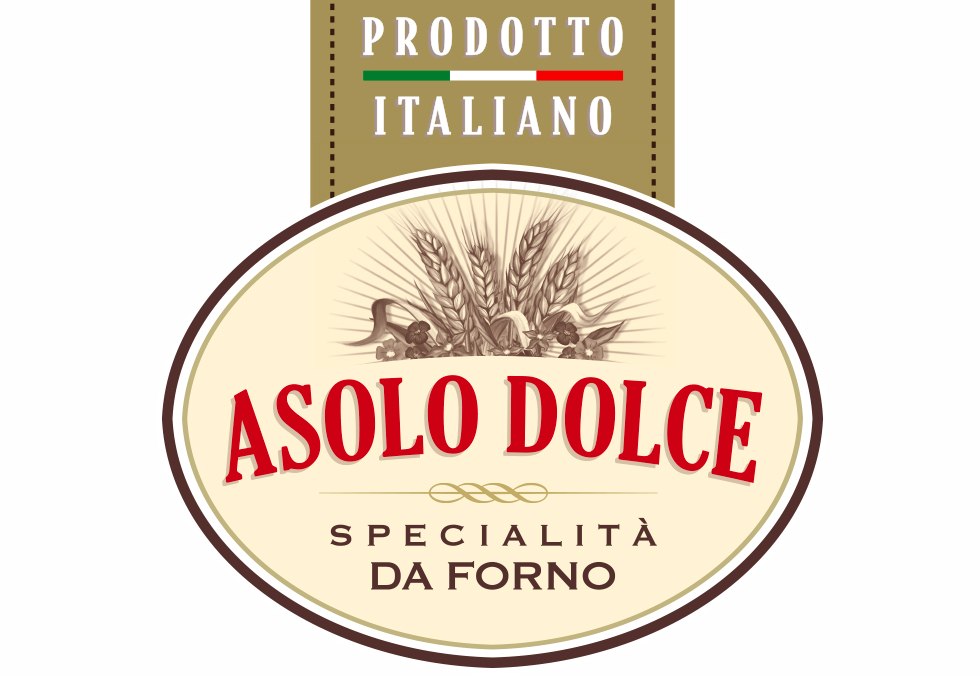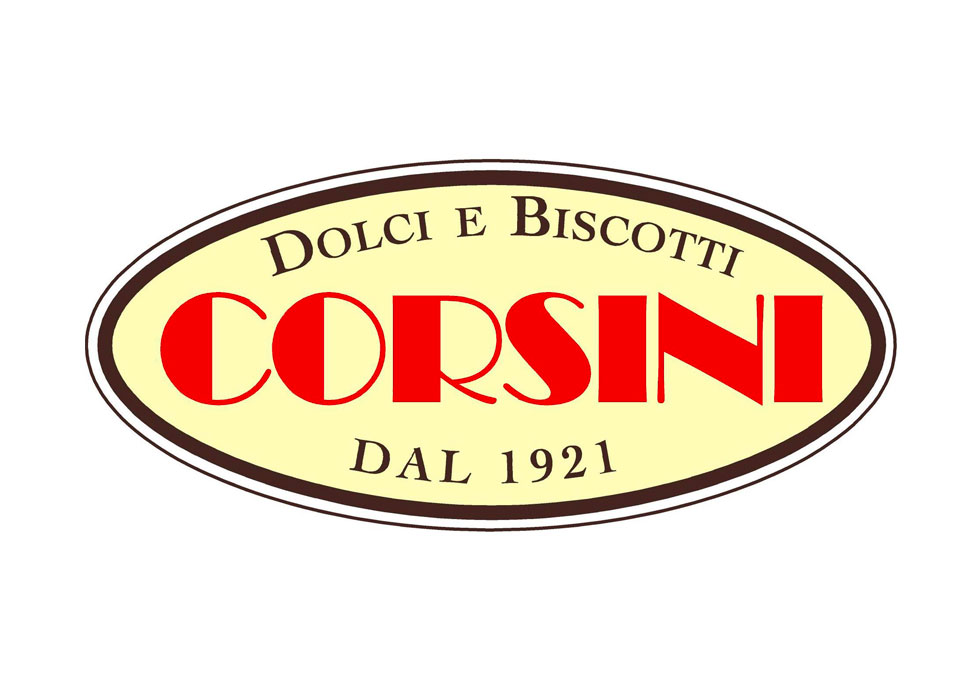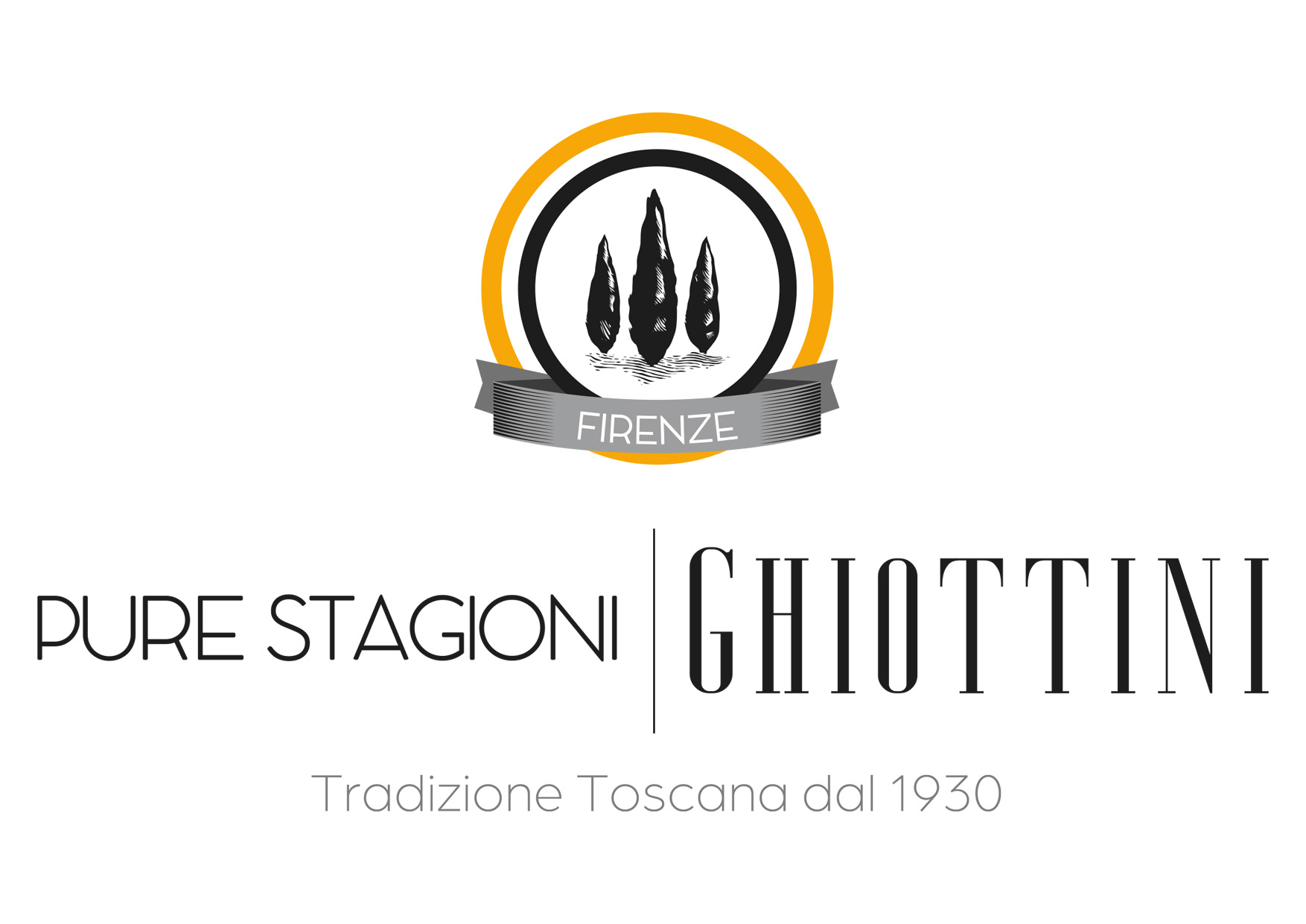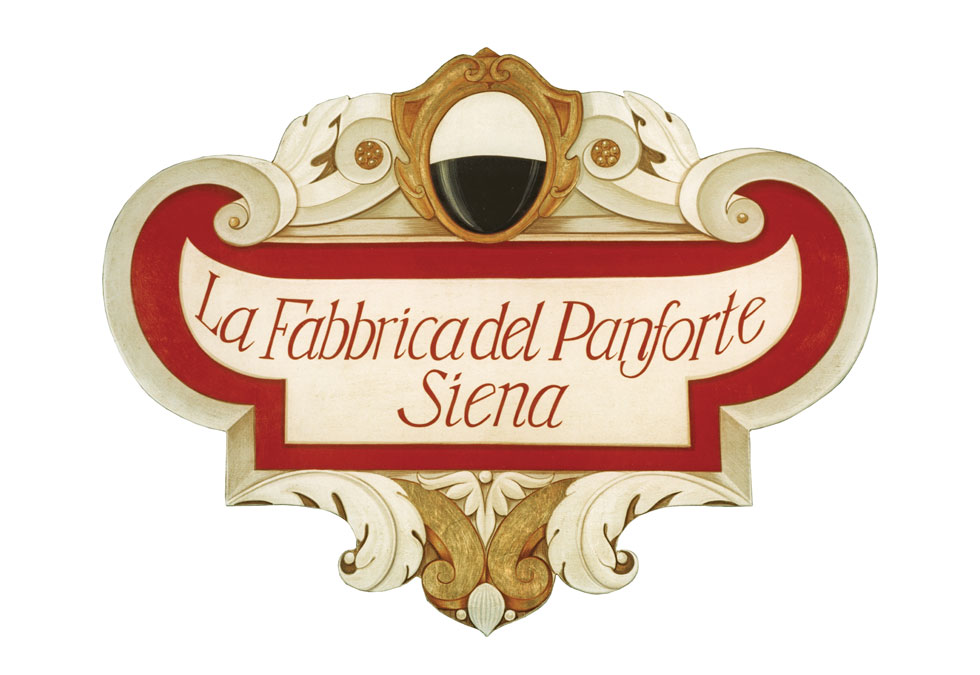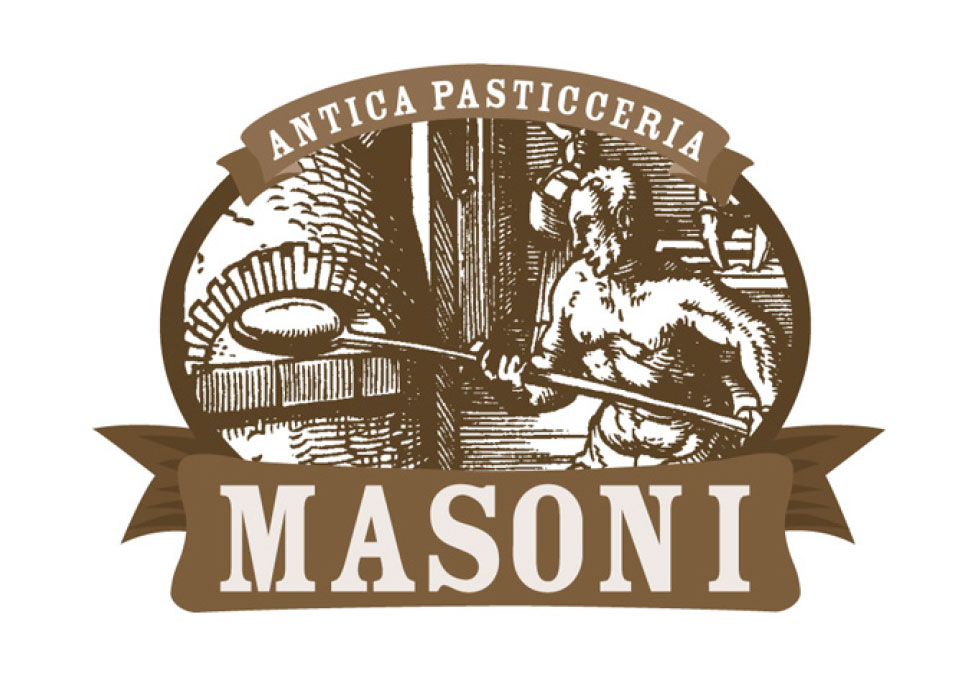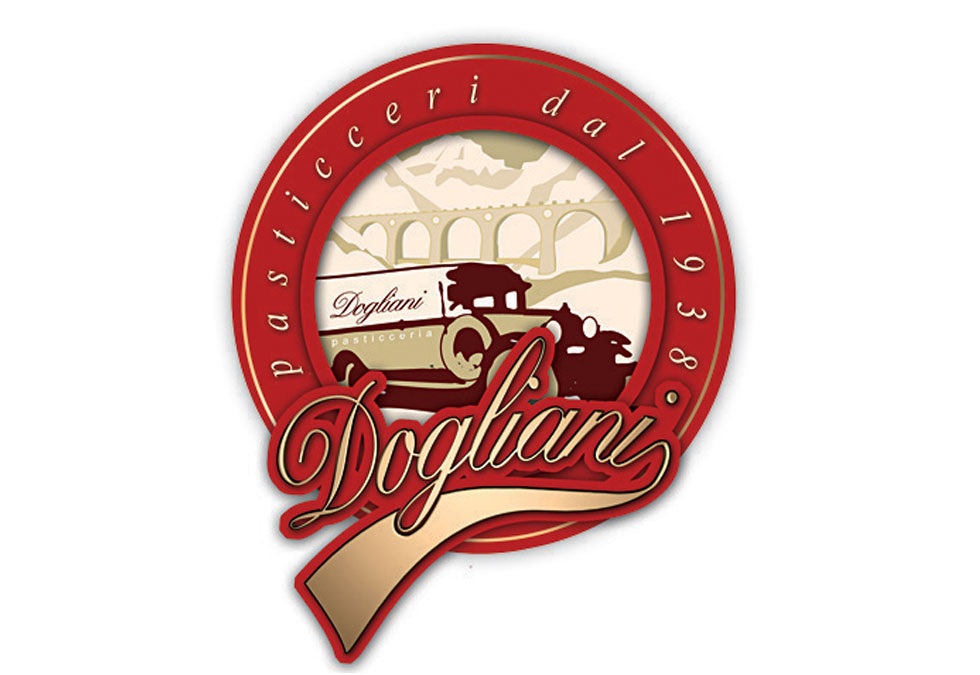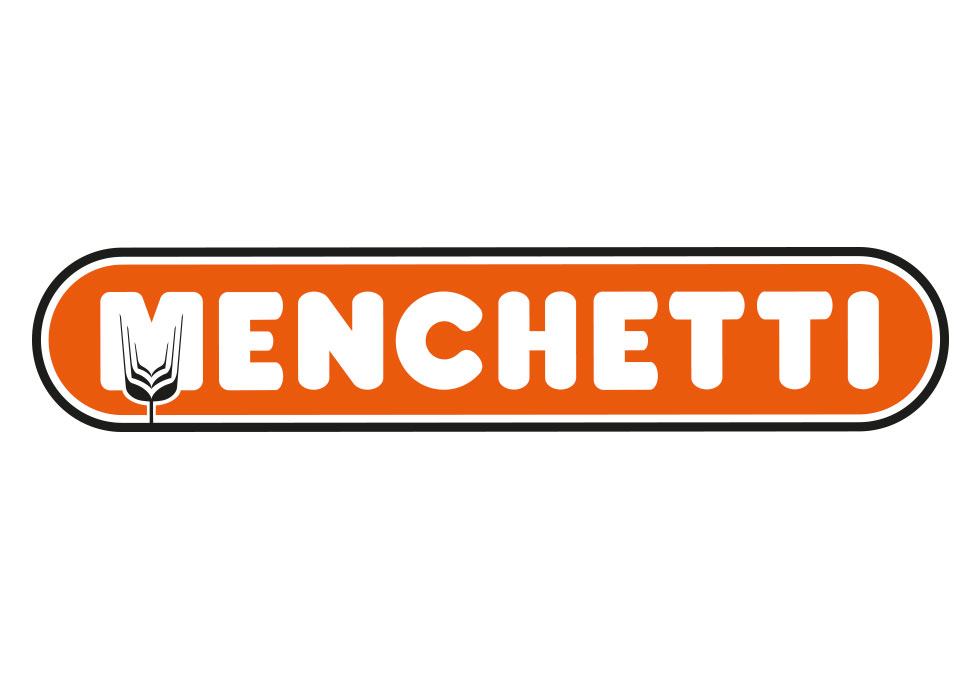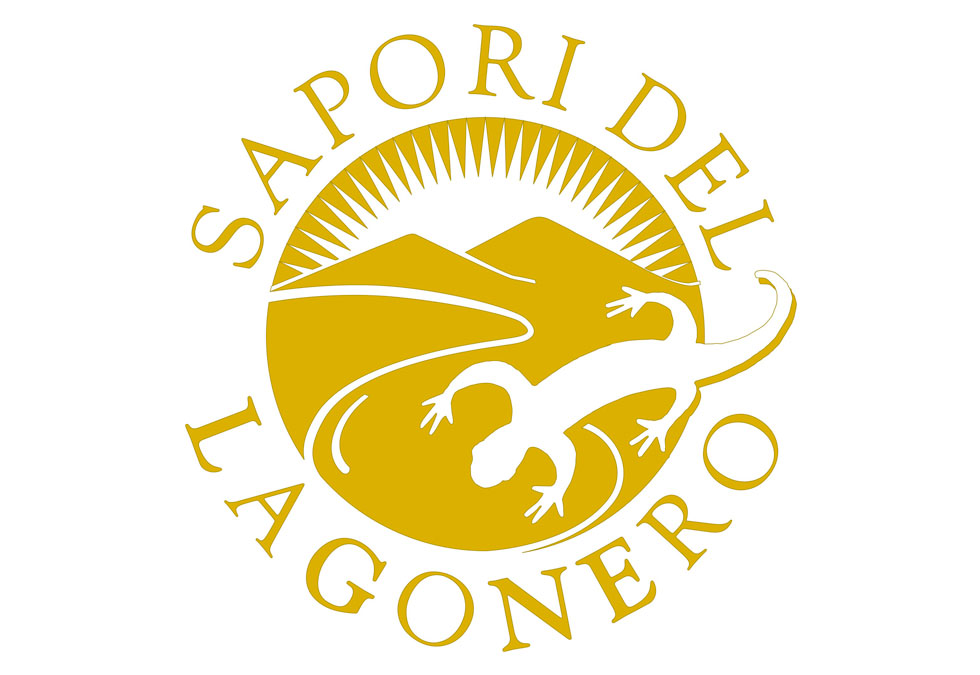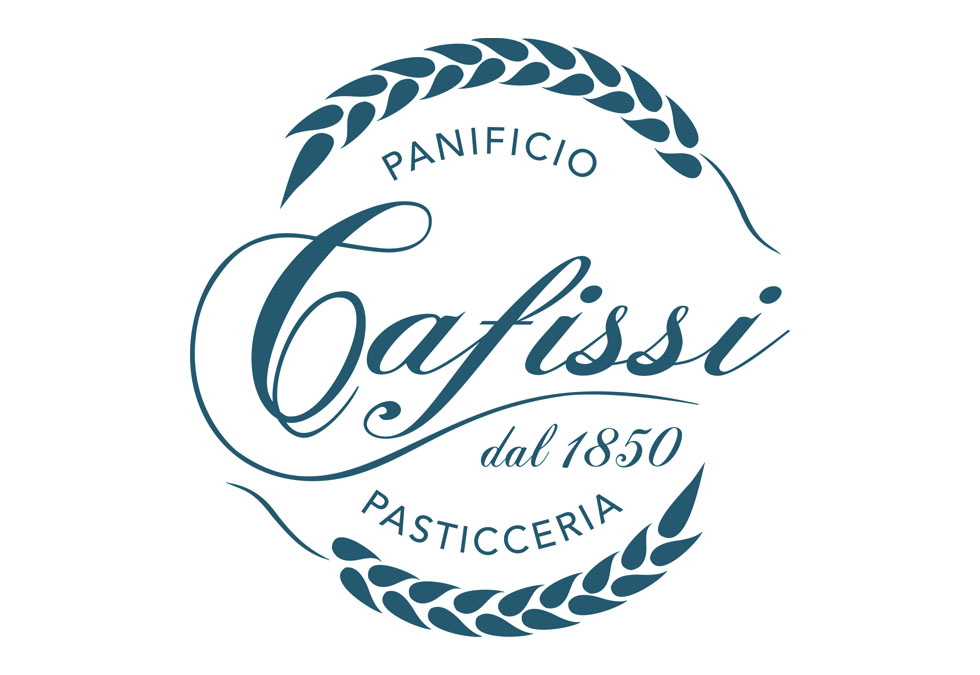
Protected Geographical Indication
About Us
Assocantuccini, established on September 8, 2023, is the Consortium dedicated to safeguarding Cantuccini Toscani PGI. It inherits the legacy of the former Association of Producers of Cantuccini Toscani with almonds, which dissolved after 12 years of operation. The Consortium brings together 21 Tuscan confectionery enterprises with the aim of enhancing and safeguarding the renowned and beloved bakery product, Cantuccini Toscani PGI.

![]()
Long and slim sliced bread,
put back in the oven to dry off
G. Del Turco,
Epulario, XVII sec.![]()

History
The origins of the cantuccini date back to at least the 16th century and the name seems to come from ‘canto’, part of a set or from ‘cantellus’, Latin for “piece or slice of bread”, a salted cracker which Roman soldiers ate on their military campaigns. The biscuit as a “sweet” makes its way in the innovative production and consumption of confectionery products firstly in England and in Tuscany and then in the rest of Europe starting from the 14th century as a consequence of what historians have defined as the “sugar boom”, followed by the widespread cultivation of sugar cane in North Africa and Southern Europe.
_______________________ • _______________________
Starting from the second half of the 16th century, the cantuccini made their appearance at the Medici court, even if, as research carried out on the recipes of the time shows, they still did not contain any almonds, being very similar to the already well-known biscuits from Pisa and the related “Genoese biscuit”. The 18th century was characterised by the spreading of the cantuccini in various forms but it was only from the 20th century that production of cantuccini with almonds started all over Tuscany at large. Today this confectionery specialty is exported all over the world.
Economy
Within the context of the Italian and Tuscan food industry, the cantuccini boast important results in spite of being a niche product.
As regards the overall turnover of the Tuscan industry of baked products and dry biscuits (a turnover of 268 million Euros in 2009, growing in 2010 with over 600 workers), a study made by the consulting company Finanza Futura Srl estimates the industrial turnover of Tuscan cantuccini at 24 mln Euros and 58 mln as the global value of the consumer market, including logistics and distribution. The high inclination towards export is surprising, equal to 37% of the turnover, a sign consolidating that the product is appreciated in Europe and the world. Such an amount seems even more significant if compared to the average export of the Tuscan food industry (22%), of the industry of Italian baked products (23%) and the total Italian food industry (17%).
_______________________ • _______________________
In 2022, PGI production exceeded 3,000 tonnes. 48% of our Cantuccini is consumed in Italy, 38% in the rest of Europe, and the remaining 14% in countries outside of Europe. Germany, the Netherlands, Switzerland, and the United States are the main import markets.
Quality and Tradition
The producers, united in Assocantuccini, have given themselves a production set of rules and regulations to safeguard quality and tradition. Technically, the most famous biscuit, typical of Tuscany, has an oblique traditional shape, obtained by diagonally cutting a strip of dough, like a baguette, after it is baked, with a golden upper surface and the internal part full of whole, peeled almonds (minimum content of 20%). The length can vary but it is normally about 10 centimetres. As regards the productive process, to make cantuccini a dough made from flour, natural unpeeled almonds, sugar, eggs, butter and honey is kneaded, and then baked.
_______________________ • _______________________
In 2014 and 2015, the associated companies adopted a voluntary set of rules (NT-06) with product standards verified externally by Agricert. For the developing of these technical standards and for the following advertising campaign, Assocantuccini obtained the Prize of the Tuscan Region “Towards Expo 2015”, as one the 10 best practices in agri-food.
_______________________ • _______________________
The 26th of January 2016, the “Cantuccini Toscani” or “Cantucci Toscani” (both forms are admitted) were recognized as Protected Geographical Indication (PGI) by the European Union with the publication on the Official Journal of the Implementing Regulation (EU) 2016/81.
_______________________ • _______________________
The following logos will mark all packages of “Cantuccini Toscani”/ “Cantucci Toscani” PGI:

For a detailed explanation of the production process, admitted ingredients and labeling rules, please consult the Single Document at the following web address:
http://eur-lex.europa.eu/legal-content/IT/TXT/PDF/?uri=CELEX:52015XC0811%2801%29&from=IT
ASSOCANTUCCINI
Consorzio per la Tutela
dei Cantuccini Toscani IGP
Via Valfonda 9
50123 Firenze
C.F. e P.IVA: 07300710485
Tel. +39 055 2707400
segreteria@assocantuccini.org
I read privacy policy and I agree
with the private data management rules,
as requested on art.13 D.lgs 196/03

